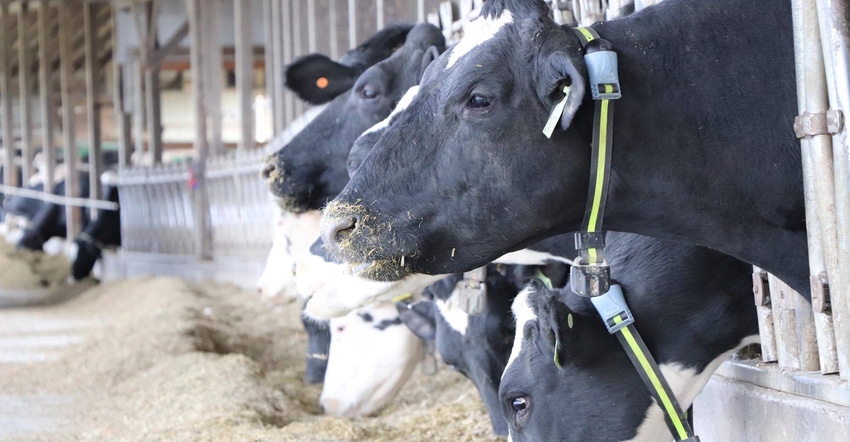
Animal husbandry is an art, and in some cases, it’s the missing piece for the very best care we can give animals, says Dr. Curt Vlietstra, who lives in Wisconsin and is a veterinarian with Boehringer Ingelheim.
Vlietstra believes good animal husbandry is about farmers putting themselves in the situation of the animal and focusing on the basics while leveraging the antibiotics that are available.
Minimize stress
For example, Vlietstra says the two things that stress baby calves the most are weaning and moving. He advises farmers when they get ready to wean a calf to make sure they don’t move her at the same time.
“If they can avoid moving her when they wean her, then we can reduce the stress on the calf,” he explains. “Also, watch the animals and minimize sickness. Don’t wait until the calf is too sick to treat. It is better to treat early than late.”
Are calves being treated too many times? Vlietstra says the majority of sickness that baby calves experience is viral, not bacterial. He says it is important to minimize the need to give calves antibiotics, and use common sense and intuition.
“When our dairy calves get treated for diarrhea, then pneumonia, and then when they get moved, they end up behind. They end up calving a couple months later than their herd mates,” he says.
Common sense and intuition are necessary when caring for dairy calves as well as cows, he says. Don’t stress out your cows.
Calm cows
“Calm cow handling is important especially when they are getting milked,” Vlietstra explains. “Cows are going to be cleaner, and they will let their milk down better if they are kept calm.”
Those who care for dairy animals should be observant, he says. “You can teach people to do a job, but you can’t teach people to pay attention if a cow has her tail up, for example.”
Vlietstra says there are as many dairy farms that over-vaccinate and over-medicate cows and calves as those that under-vaccinate. He also notes keeping good medical records on dairy farms is important.
Animal husbandry comes into play when deciding whether to treat a sick cow or calf with drugs. It’s about knowing the animal and doing the right thing.
“It’s kind of like applying a little bit of science, along with good medical records and the art of giving the treatments the best chance to work,” he says.
Caring for dairy animals has changed a lot during the past decade. Ten years ago, most dairy producers routinely used dry cow treatment on every cow they dried off.
“Now, because typically less than two-thirds of the cows in a herd don’t have any infection at the end of their lactation, only about one-third of the herd needs to be treated with a dry cow antibiotic,” Vlietstra says. “It makes sense to only treat the third of the herd that needs it.”
Drugs aren’t the only solution to controlling mastitis in a herd. Management practices are important, such as making sure:
cows have enough clean bedding
milkers are doing a good job of cleaning and prepping cows
milking equipment is checked routinely and is operating properly
cows are receiving vaccines primarily to control E. coli mastitis
Vlietstra also believes management practices such as culling an older cow that has been treated three times in a lactation for mastitis are important.
Vlietstra says farmers need to use antibiotics on calves sparingly.
“If you look at calves, some will have diarrhea in the first two weeks of life and respiratory problems around weaning. Reduce the amount of antibiotics for more judicious use,” he explains. “Since many calf infections are viral and will not respond to antibiotics, there are a lot of calves who are given a dose of antibiotics that don’t need it. You should work very closely with your veterinarian to review practices.”
About the Author(s)
You May Also Like






